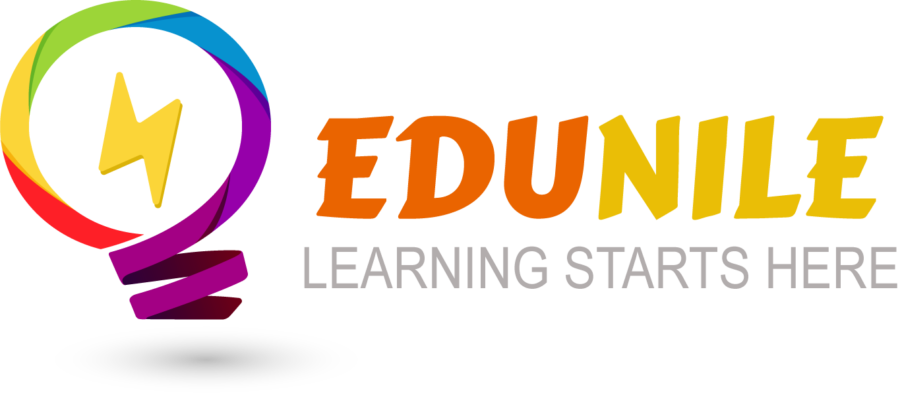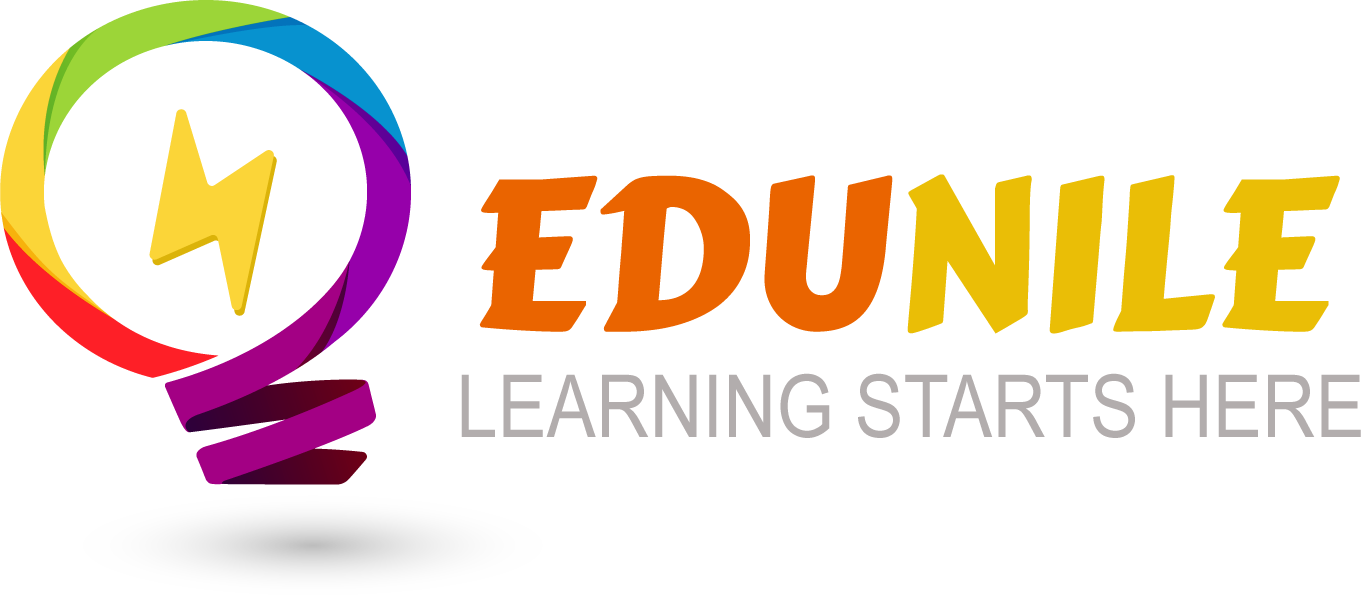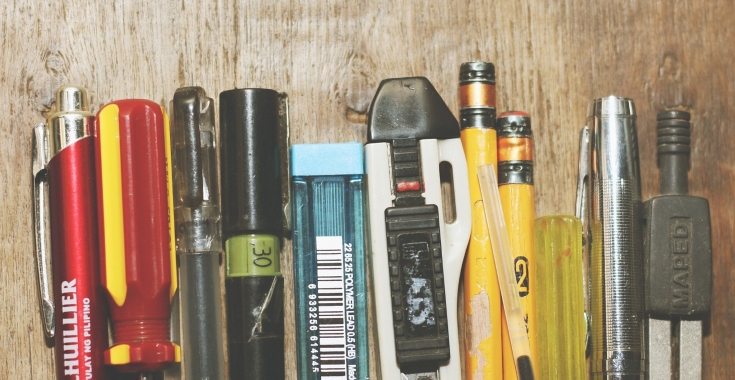I have been enjoying this workshop organized at Qatar University OFID office. It is one of their regular PD events for our faculty. Since I have joined QU, I have seen how hard working and committed to providing all sorts of PD opportunities to all faculty and learners they are.
So, back to this workshop which was introduced by Dr. Souma Bajouda (AUB) and Prof. Ashraf Mohamed Salama (QU). The workshop entailed introduced a variety of interactive collaborative activities. Examples of these activities include the Think-Pair-Share (a good example can be downloaded here), the Think-Pair-Square-Share, the survival in the desert (ex. here), and a Jigsaw game.
Analyzing and reflecting on each activity was essential to understand some of the major concepts related to creative a group dynamic. It also helps in giving learners opportunities to process learning rather than just waste time or hide in their groups as free riders.
Dr. Bajouda highlighted the importance of differentiating between collaborating learning and the traditional group work. In the first, the learning opportunities and interaction level are increased to the maximum level. By practice and expertise, certain techniques can be used to guarntee group dynamics. These techniques may include:
- Give students clear roles in the group.
- Teach academic as well as social skills to your learners.
- Use cooperative learning; that is positive interdependence, individual accountability, social and collaborative skills within each group.
- Assign heterogeneous groups (of different levels) rather than homogeneous ones. A good approach is to choose (1 top student, 1 bottom student and two from the middle) based on their academic level..
- Again, social skills!
- Assign different sets of problems for each group.
- Ask a member of each group to teach the concept to his/ her group and then to teach the same concepts to the whole class to encourage the cognitive processing of learning.
- The teacher observes the different roles during the activity in order to (encourage, explain, summarize and give directions).
- Students teach the lesson themselves rather than the teacher if possible.
- Students use positive & encouraging keywords for interaction.
- Teacher applies techniques to assess collaborative learning occurred.
These activities and guidelines were extremely helpful in the way they were introduced or modeled during that workshop. I personally encourage all my colleagues to try them at some point and share their outcomes here or in their own networks.




